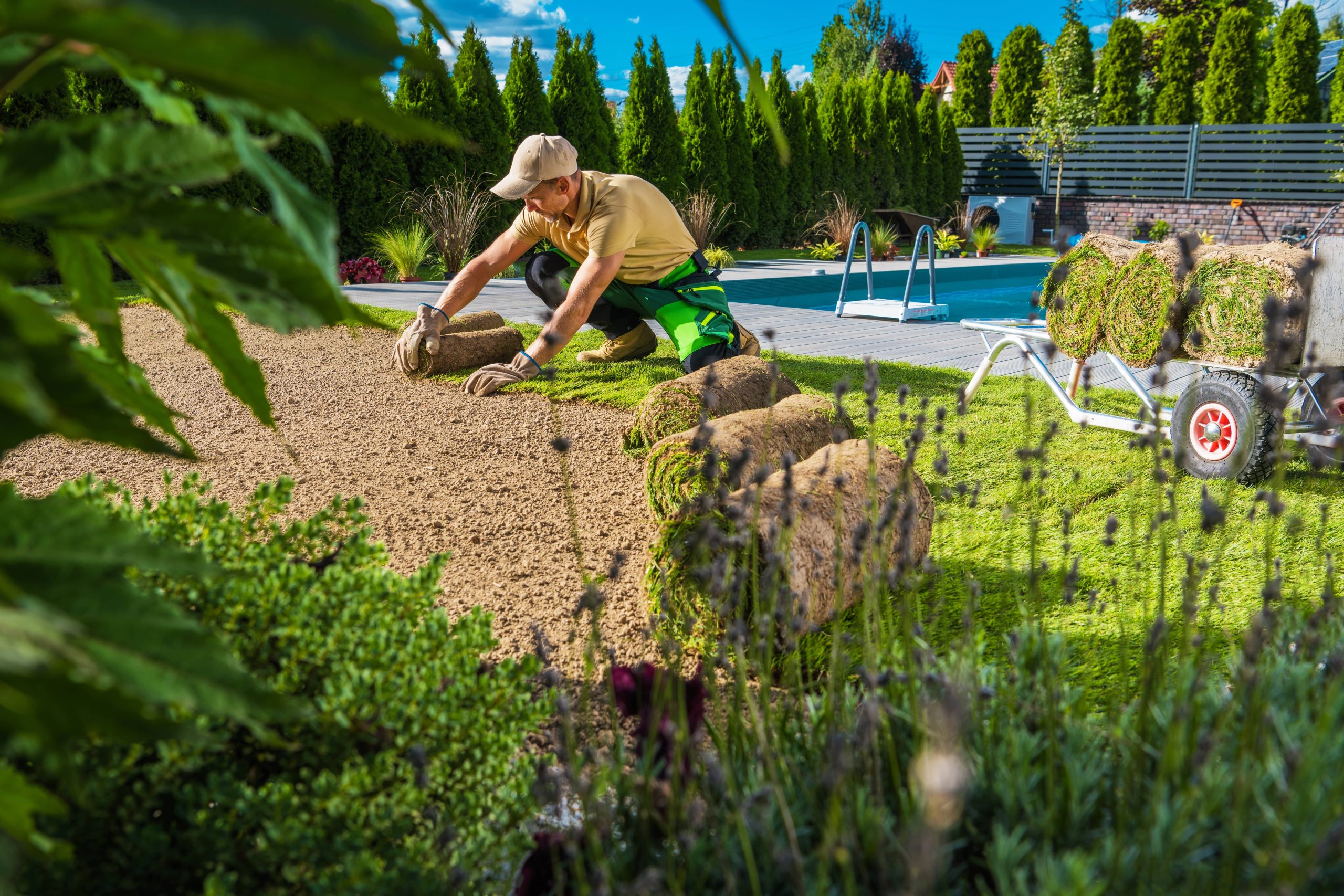
In recent years, the plight of bees has become a significant concern worldwide. These tireless pollinators play a vital role in maintaining our ecosystems and food supply. As gardeners and nature enthusiasts, we have the unique opportunity to support local bee populations by creating pollinator gardens. Not only do these gardens provide sustenance and habitat for bees, but they also enhance the beauty and biodiversity of our outdoor spaces. In this guide, we’ll delve into the essentials of creating a pollinator garden that will flourish and support local bees.
Understanding the Importance of Bees
Bees are among the most efficient pollinators on the planet. They are responsible for the pollination of approximately one-third of the food we consume, including fruits, vegetables, and nuts. Without bees, the variety and availability of our food sources would be drastically reduced. Beyond agriculture, bees play a crucial role in supporting biodiversity by pollinating a myriad of wildflowers, which in turn support other wildlife.
However, bee populations have been declining due to various factors, including habitat loss, pesticide use, climate change, and the spread of pests and diseases. This decline poses a significant threat not only to bees but also to the ecosystems and food systems that depend on them.
Steps to Create a Pollinator Garden
Creating a pollinator garden to support local bees can be a rewarding project, whether you’re a seasoned gardener or a beginner. Here’s how to get started:
1. Choose the Right Location
Select a sunny spot in your garden or yard, as most pollinator-friendly plants prefer full sun. Consider a location that is sheltered from strong winds, which can make it difficult for bees to navigate. Additionally, having a water source nearby, such as a birdbath or shallow dish with water, is beneficial for bees.
2. Select Native Plants
Native plants are the backbone of any pollinator garden. They have evolved alongside local bee species and are adapted to the specific climate and soil conditions of your region. By choosing native plants, you are providing the food sources that local bees need to thrive. Research the native plants in your area that are known to attract bees, such as Echinacea, Rudbeckia, and Monarda.
3. Create a Diverse Planting
Diversity is key to supporting a wide range of pollinators. Aim to include a variety of flowers that bloom at different times throughout the growing season, from early spring to late fall. This staggered approach ensures that there are flowers available when different bee species are active. Incorporate plants of various shapes, sizes, and colors to attract different types of bees.
4. Provide Habitat
Bees need more than just food. Many species require specific habitats to build nests. Incorporate elements such as bee hotels or piles of wood for solitary bees, and leave some bare patches of soil for ground-nesting species. Avoid overly manicured landscapes, as a more natural look can provide the necessary habitats for bees.
5. Avoid Pesticides
Pesticides can be highly toxic to bees and other pollinators. Avoid using synthetic pesticides, herbicides, and fungicides in your garden. If pest control is necessary, opt for bee-friendly alternatives or use manual methods such as hand-picking pests or using insecticidal soap.
6. Educate and Involve the Community
Creating a pollinator garden can be an excellent opportunity to engage with your community and raise awareness about the importance of bees. Consider hosting workshops or garden tours to educate others about the benefits of pollinator gardens and how they can create their own. By working together, communities can create pollinator-friendly corridors that greatly support local bee populations.
Monitoring and Maintenance
Once your pollinator garden is established, regular maintenance is crucial to ensure its success. Keep an eye out for any invasive species that might compete with your native plants. Regularly water your garden during dry spells, and remove spent flowers to encourage new blooms. As you spend time in your garden, monitor the types of bees and other pollinators that visit. This can provide valuable insights into how well your garden is supporting local populations.
Reflecting on the Impact
As you watch your pollinator garden come to life with the buzzing of bees and other pollinators, take a moment to reflect on the positive impact you are making. By providing crucial resources and habitats, you are playing a vital role in the conservation of bees and the larger ecological balance. Not only does your garden contribute to local biodiversity, but it also enriches your environment with color, life, and a sense of sustainability.
Creating a pollinator garden is an endeavor that extends beyond individual gardens. It is a collaborative effort to restore and preserve the delicate balance of our ecosystems. As gardeners, we are stewards of the land, and our efforts to support bees are a testament to our commitment to a healthier planet. By planting with intention and nurturing biodiversity, we help ensure that bees continue to flourish and that future generations inherit a world full of life and beauty.







